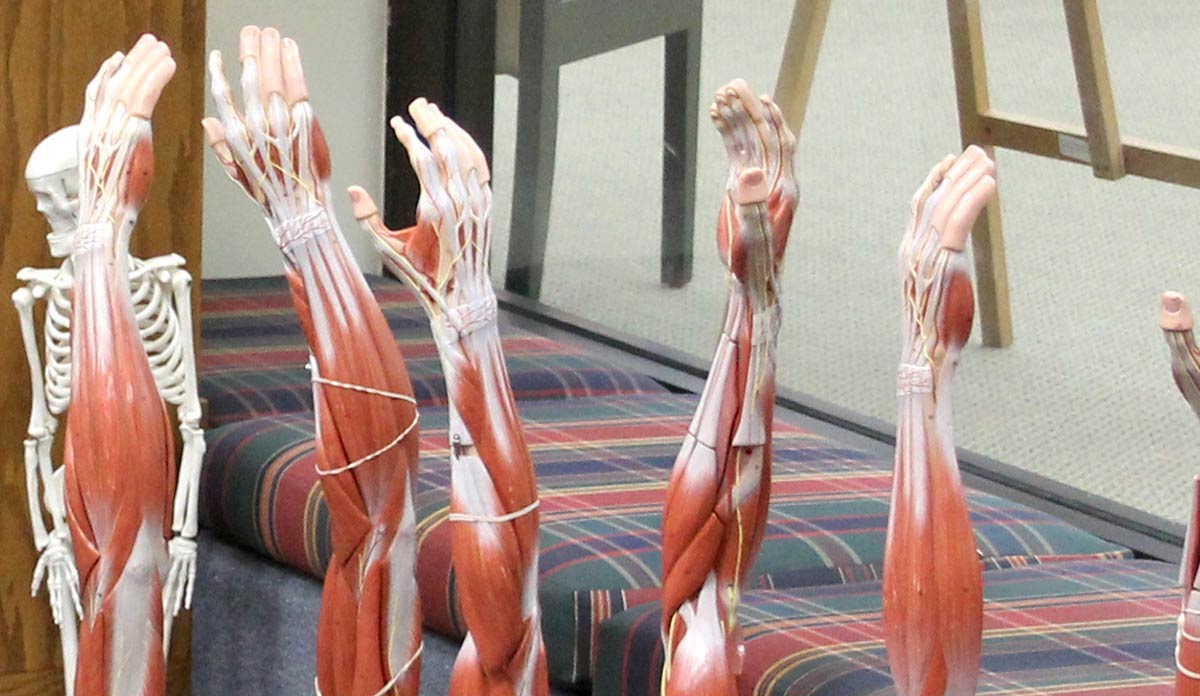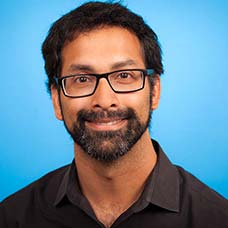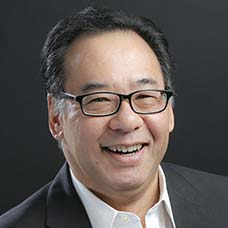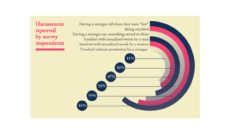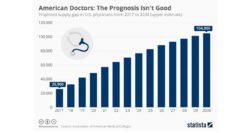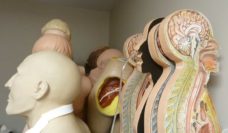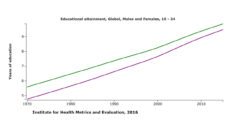Health outcomes and healthcare access are not randomly distributed across our population. Racialized and poor people bear the greater burden of disease, and have less access to healthcare. The term social determinants of health (SDOH) describes the social conditions that affect how people live, work, age, and experience illness, as well as the broader forces and systems that shape these conditions.
Medical schools are putting increasing emphasis on teaching the SDOH as part of a social responsibility mandate. However, there is little evidence to suggest that simply teaching medical trainees about the SDOH has any impact on their ability to further health equity. In fact, the ways in which the SDOH are often framed—as facts to be known rather than conditions to be changed—may uphold inequities.
The ways in which the social determinants of health are often framed—as facts to be known rather than conditions to be changed—may uphold inequities.
Medical schools face many challenges in addressing the social determinants of health. The curriculum is already packed, and often SDOH are covered in piecemeal fashion. It’s also unclear how best to actually go about teaching these concepts—didactic sessions, case-based learning, online modules, or service-learning have all been tried. Evaluating the impact of these curricula has been problematic, often focussing on participation, awareness, or self-assessment. Even if we did look at more meaningful clinical outcomes, it is unlikely that any single curricular intervention would be able to show a significant effect.
In our paper “Teaching the Social Determinants of Health: A Path to Equity or a Road to Nowhere?”, we explore how contemporary SDOH education does little to reduce health inequities, for two key reasons. First, most training fails to acknowledge that the social determinants of health are man-made results of social, economic, and political decisions in how money, power, and resources are (unequally) distributed in society. Second, emphasis is often placed on knowing rather than acting. Rattling off socioeconomic status, educational attainment, and food insecurity as contributors to poor health outcomes does little to change the situation of people actually living these realities.
Rattling off socioeconomic status, educational attainment, and food insecurity as contributors to poor health outcomes does little to change the situation of people actually living these realities.
As such, students do not gain skills to allow them to act at systemic or societal-levels. They may feel overwhelmed when faced with complex social circumstances, or may feel that addressing the social determinants of health is someone else’s problem. They may not recognize that failing to address the SDOH will limit any clinical intervention they suggest. In addition, covering the SDOH as a simply a list to be known allows medical institutions to say they have fulfilled their social responsibility mandate, without forcing a reckoning of how they may themselves perpetuate and benefit from the status quo.
All is not lost, however. There are ways to make the SDOH real for students, and to equip them with the frameworks and skills they need to work towards change. The curriculum can be refocused to view patients and medicine itself in social and historical context, with a focus on interventions, and action toward solutions. Students can be encouraged in a variety of ways to reflect on their own positions of power and privilege, and how these play out in clinical practice. These changes will require work, but the work is necessary.
Feature image: UGA College of Ag & Environmental Sciences – OCCS, Sights on Med. School, used under CC BY-NC 2.0









